The ROM publishes and co-publishes a wide variety of books relating to the Museum, its collections and research. Subject areas include Canadian heritage, world art and archaeology, natural history, palaeobiology, and earth science. ROM books are distributed by University of Toronto Press, except where otherwise noted, and are available in bookstores, online and in the ROM Boutique.
ROM Books
Featured Publications
Cloth That Changed the World: The Art and Fashion of Indian Chintz
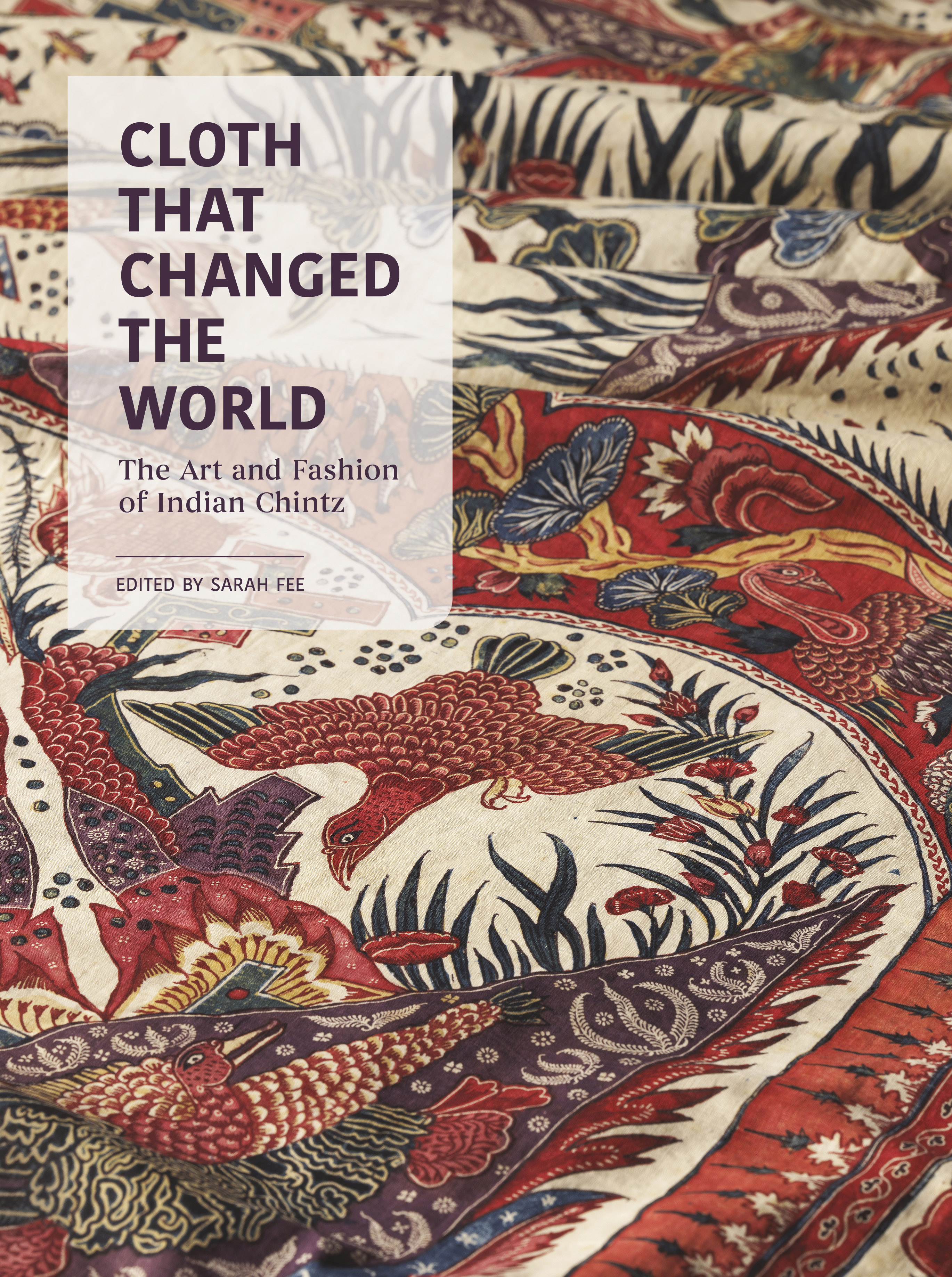
The story of India’s exuberantly colored textiles that made their mark on design, technology, and trade around the world
Chintz, a type of multicolored printed or painted cotton cloth, originated in India yet exerted influence far beyond its home shores: it became a driving force of the spice trade in the East Indies, and it attracted European merchants, who by the 17th century were importing millions of pieces. In the 18th century, Indian chintz became so coveted globally that Europeans attempted to imitate its uniquely vibrant dyes and design—a quest that eventually sparked the mechanical and business innovations that ushered in the Industrial Revolution, with its far-reaching societal impacts.
This beautifully illustrated book tells the fascinating and multidisciplinary stories of the widespread desire for Indian chintz over 1,000 years to its latest resurgence in modern fashion and home design. Based on the renowned Indian chintz collections held at the Royal Ontario Museum, the book showcases the genius of Indian chintz makers and the dazzling variety of works they have created for specialized markets: religious and court banners for India, monumental gilded wall hangings for elite homes in Europe and Thailand, luxury women’s dress for England, sacred hangings for ancestral ceremonies in Indonesia, and today’s runways of Lakme Fashion Week in Mumbai.
Water for the Phalarope: Explorations in Museum Anthropology

This new publication emphasizes the significant role of museums in documenting, preserving, and disseminating knowledge about material culture within its Indigenous contexts. It discusses material culture in the context of cultural patterns, processes, and memory that form the foundation of museum anthropology.
The collection of essays by Kenneth R. Lister highlight the ROM’s anthropology collections. The author’s research examines the collections with cultural and historical contexts. From working with the Cree of northern Ontario on snowshoe construction and imagery, to the Inuit of Baffin Island on gender roles related to the kayak and the kayak’s practical and spiritual manifestations, the essays in this volume address material culture and the role it plays in cultural identity, expression, and belonging.
Gods in My Home: Chinese Ancestor Portraits and Popular Prints
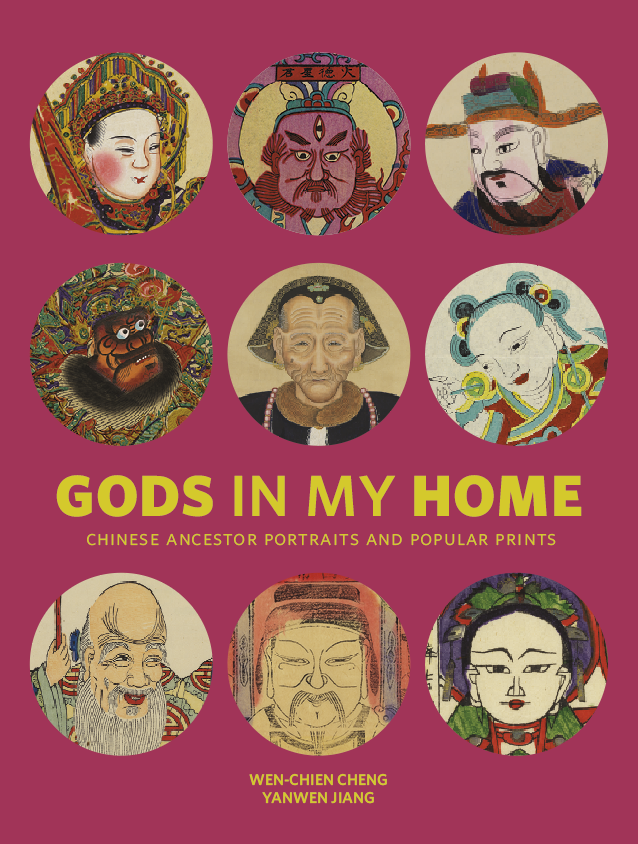
Gods in My Home combines ancestral paintings with traditional popular prints and examines the unexplored connection between these two seemingly separate genres in the context of Chinese Lunar New Year. The images reflect a Chinese view of reverence and the belief that portraits and prints were capable of blessing and protecting the prosperity of family lines. Featuring a wide array of prints and paintings, ancestral portraits, and paper gods, the book explores shared family values, ritual concepts, belief in visual powers, and shared traditions. The publication studies the artworks through the lens of their unique status as images used for domestic worship of popular gods and ancestors in regular households during the late imperial and early Republic periods.
This book is the first study that explores the underlying themes and connections between ancestor portraits and popular prints. It provides insights into how these images reflect a view of the domestic, material, and spiritual life of Chinese society.
Zuul: Life of an Armoured Dinosaur
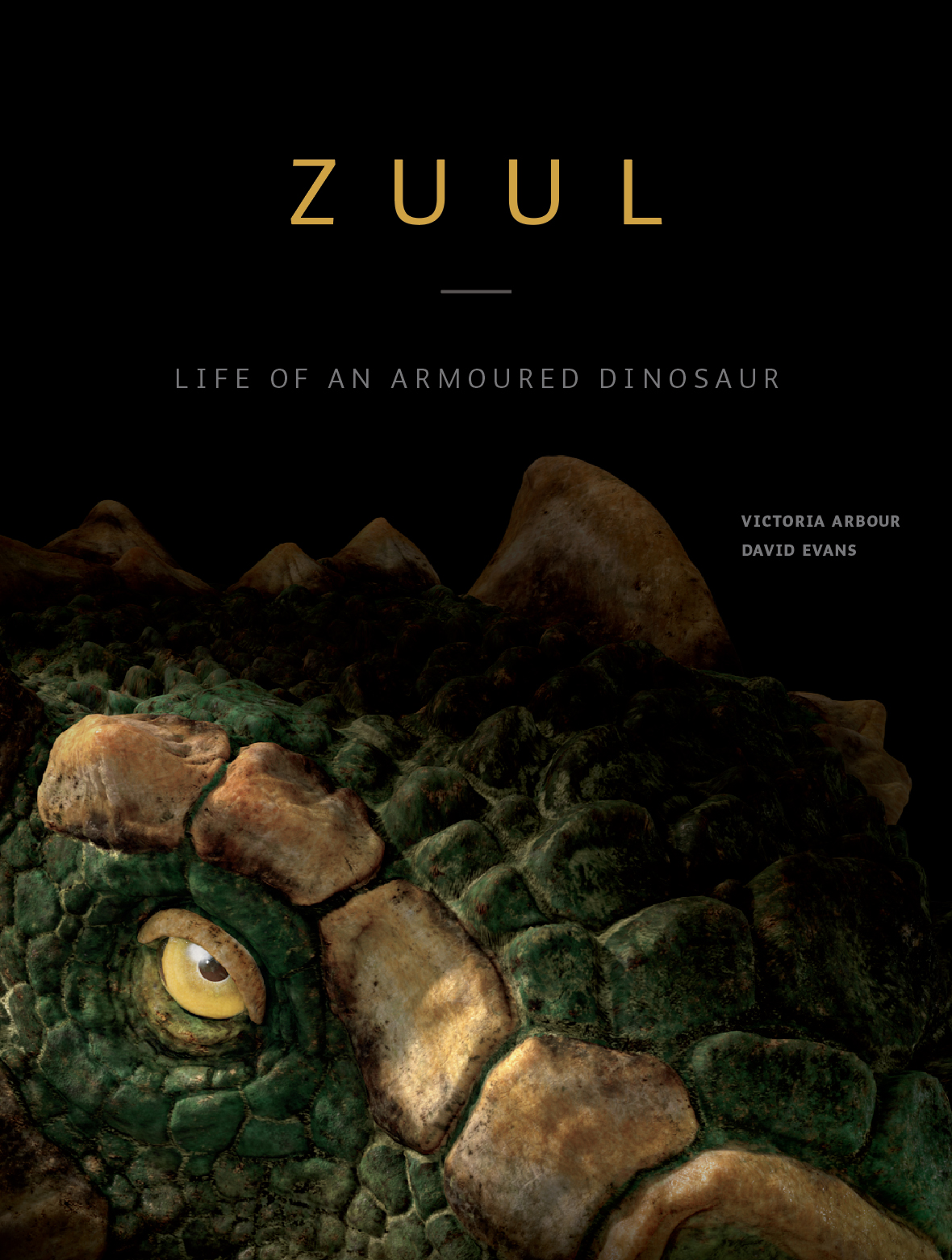
Seventy-six million years ago, a bizarre walking fortress—an ankylosaurian dinosaur—roamed the lush swampy forests of ancient Montana. This is the story of its life, death, and second life as one of the most complete fossil skeletons of its kind ever found.
Palaeontologists Victoria Arbour and David Evans take readers on a journey from the badlands of Havre, Montana, and the accidental discovery of a brand new species of dinosaur, to the bustling city of Toronto and the dinosaur's new home at the Royal Ontario Museum. Christened Zuul crurivastator after the iconic movie monster of the same name from the 1984 film Ghostbusters, this ankyloaur had a gnarly head, a body covered in bony spikes, and a deadly, sledgehammer-like tail. Zuul's skeleton even preserved intact skin across its back. Arbour and Evans share the latest scientific research on this outstanding new dinosaur: its identification as a new species, the evolution of its defensive armour and unusual weaponized tail, and how it came to be so incredibly preserved.
Zuul: Life of an Armoured Dinosaur is an intimate look at the amazing adaptations that helped Zuul survive in the twilight years of the Age of Dinosaurs.
Christian Dior: History and Modernity, 1947-1957
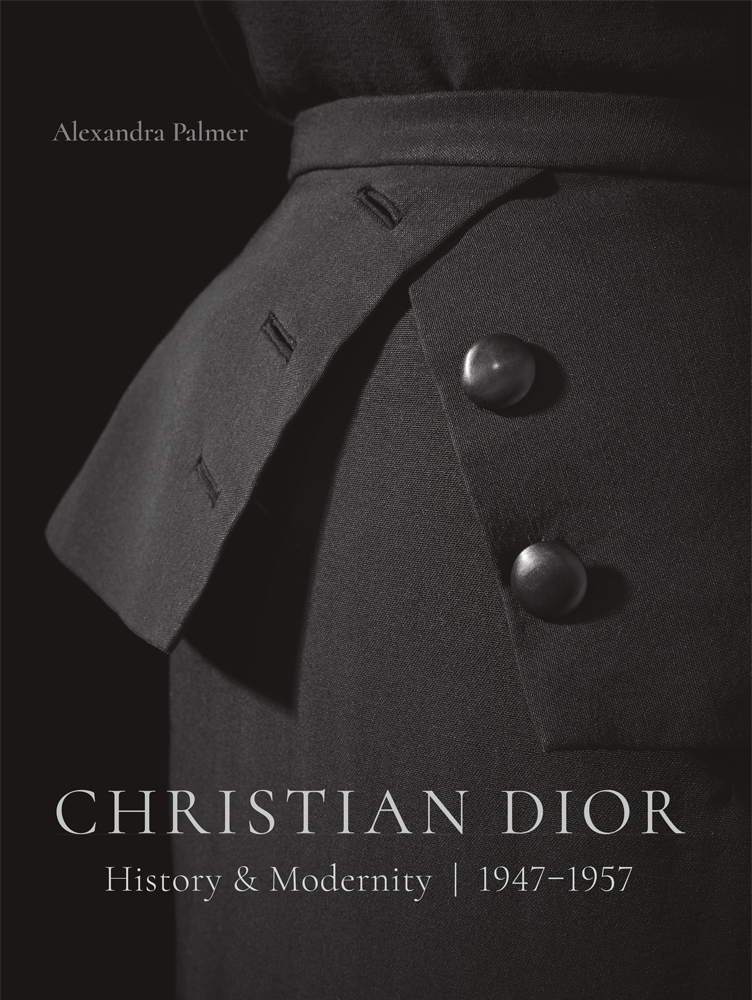
Arguably the most famous fashion designer of the 20th century, Christian Dior’s feminine fashions were desired, worn, and emulated by women around the world. This new publication by ROM Press explores in detail what it was about Dior’s dramatic creations—the cuts, textiles and embroideries—that stimulated the entire Paris haute couture industry after the devastation of the Second World War. The book features the Royal Ontario Museum’s collection of Christian Dior couture (1947-1957), and is accompanied by sketches and documentary material from Christian Dior Héritage, along with archival images and striking photographs of the museum garments taken by world-renowned Dior photographer Laziz Hamani. The collection features beautiful designs from daytime to evening wear. The publication breaks new ground as it explains key Dior design signatures, based on the use of innovative and historical dressmaking techniques to explain what made the New Look so successful and why his designs were worn and emulated by woman around the world in the 1950s. Christian Dior presents new information drawn from extensive research wedded with close examination of the designs within this catalogue, making it an essential read for those interested in fashion, art, culture, and history.
Art, Honor, and Ridicule: Fante Asafo Flags from Southern Ghana
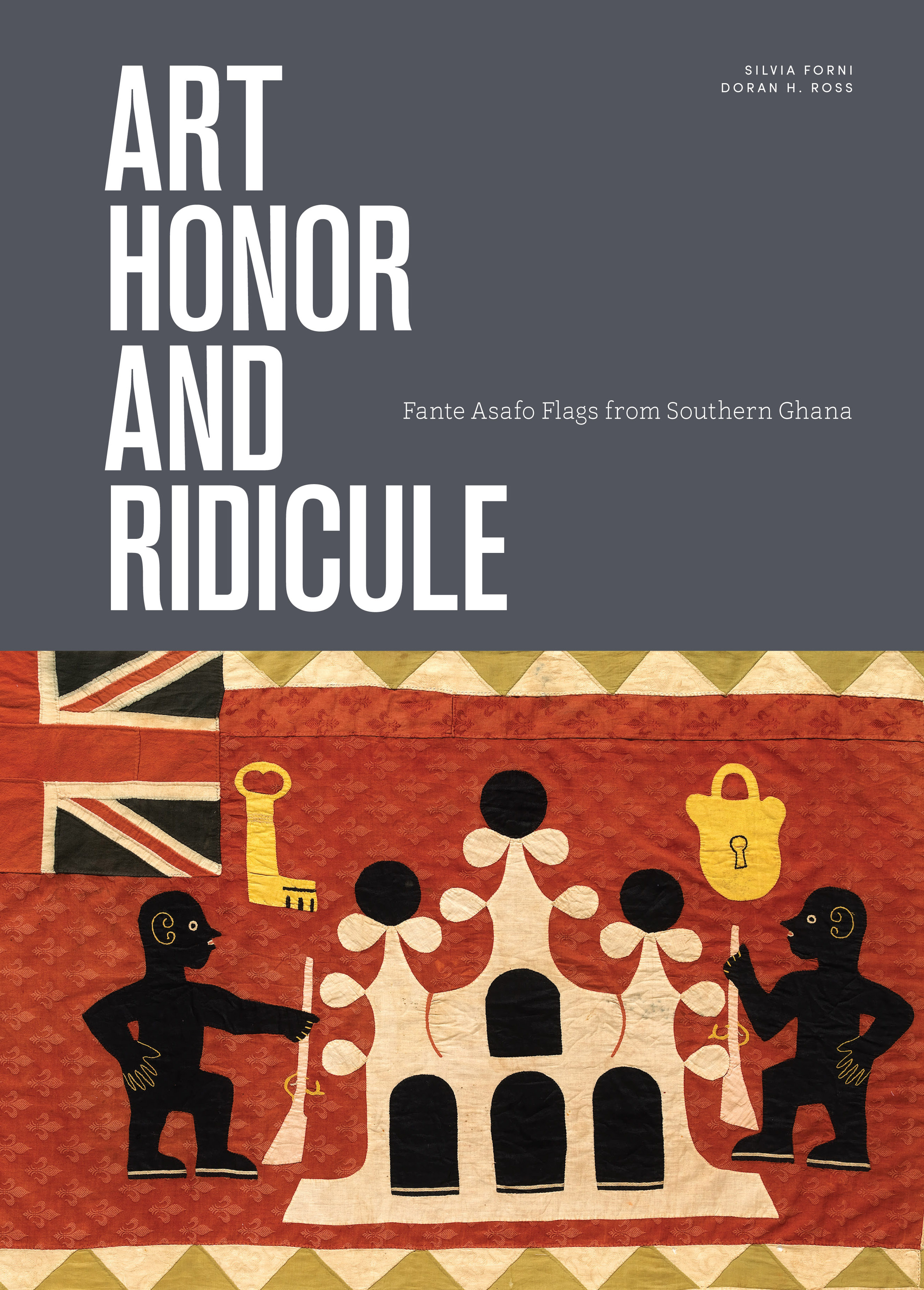
This landmark publication explores the stunning textile-based artistic tradition associated with the military companies of the Fante people in Ghana. It accompanies the Royal Ontario Museum’s exhibition asafo flags and examines the cultural, political, social, and aesthetic facets of the textile art produced by a number of Fante workshops in central-southern Ghana for the use of the asafo military companies of the region. Unlike the only other existing book on the topic written by Peter Adler, this book takes a holistic approach to the analysis of the aesthetic components of the asafo performances. The striking visual vocabulary of the flags is in fact closely linked to the architectural, sculptural, poetic, performative and musical expressions of the Fante. This publication is an extraordinary introduction to the world of visual, chromatic, and narrative competition that characterizes the public display of asafo companies.
Africa in the Market: 20th Century Art from the Amrad African Art
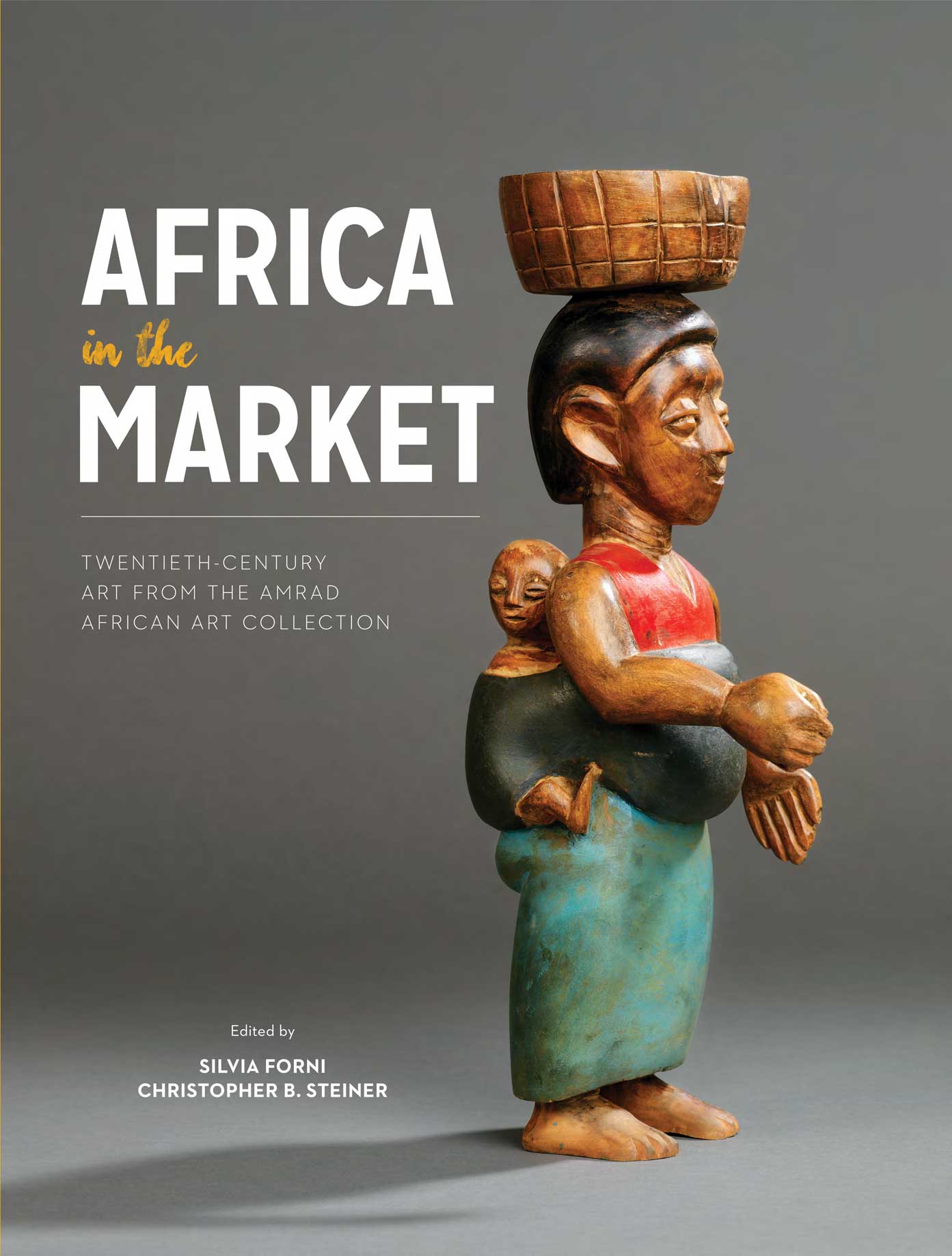
While many publications focus on the aesthetics and symbolism of African art, few explore the historical dynamics and exchanges that have informed the way people in Africa have created, preserved, collected and sold their artworks to local and foreign patrons. The book addresses key issues of market trends, the transformation in taste and aesthetics in relation to changing historical conditions and the role of artisans, traders and collectors in mediating knowledge and value in the international art market. Richly illustrated, Africa in the Market introduces to the public the artwork in the Amrad African Art collection at the Royal Ontario Museum. The objects are framed and interpreted within essays that highlight the significant role that African makers and dealers have played in shaping Western understanding of African art. The book explores the significance of 20th century artistic production as a material component of local traditions and, at the same time, as artifacts circulating in a global market where local specificities are often lost.
Wanderings of an Artist Among The Indians of North America
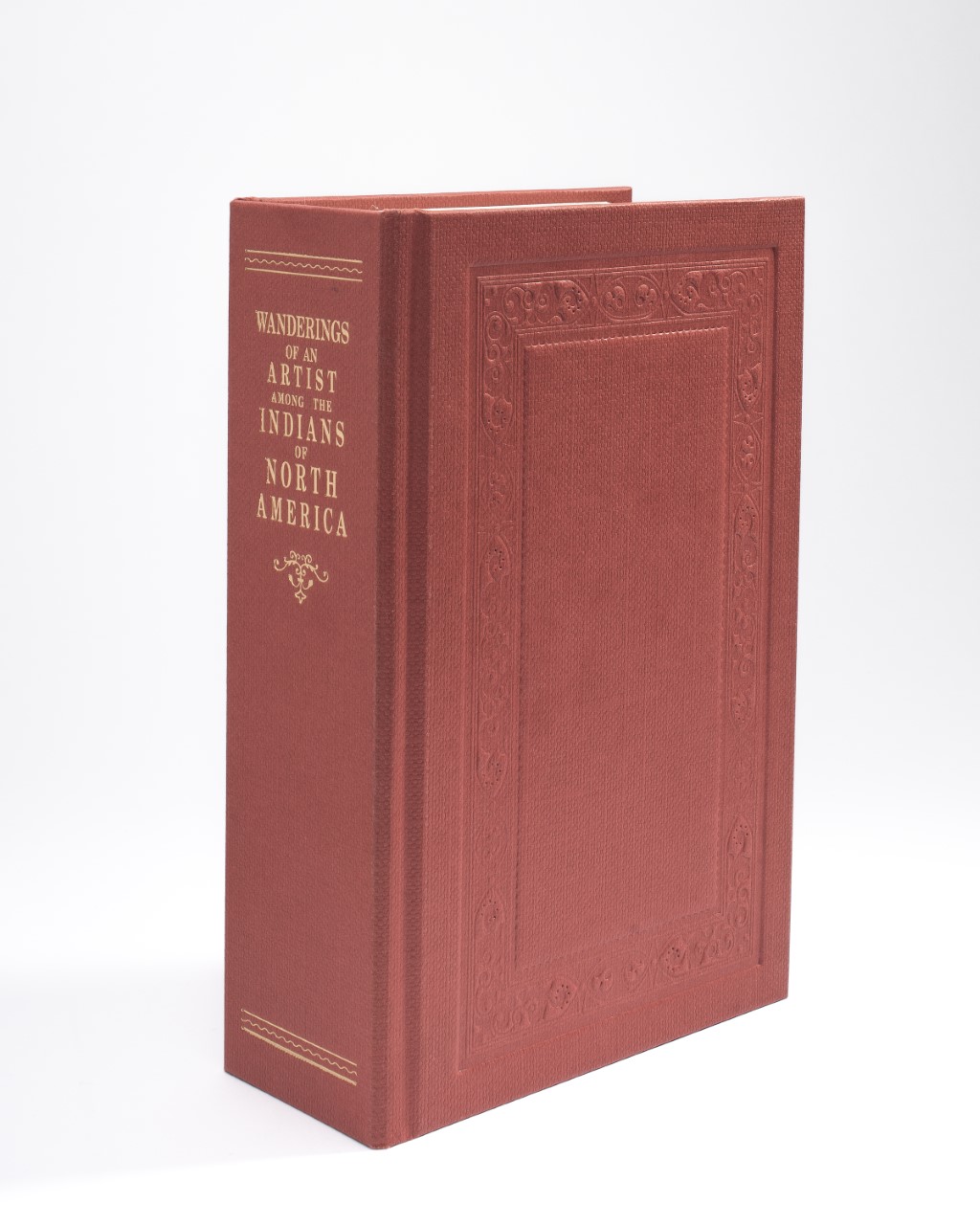
Canadian artist, Paul Kane (1810–1871), journeyed between Toronto and the Pacific coast in the late 1840s to illustrate the customs of indigenous peoples and “to represent the scenery of an almost unknown country.” The narrative of the artist’s years of travel was published in 1859 and it enjoyed immediate recognition by audiences hungry for information about North America’s Aboriginal peoples.
To Kane’s disappointment though, the book was limited to twenty-one images and fell short of his desire for a fully-illustrated account. Although pleased with the book’s positive reception, for Kane it represented an unfulfilled dream and lead to his longing for a future edition with “a much more extensive series of illustrations.” The Royal Ontario Museum’s edition of Wanderings of an Artist brings together for the first time Kane’s narrative with the complete complement of images he painted to illustrate his story and experiences.
Nearly 156 years later, this edition will realize the artist’s ambition and provide readers with the full and complete illustrated account of Kane’s travels during the final years of the fur-trade period.
Mexico: Clothing & Culture
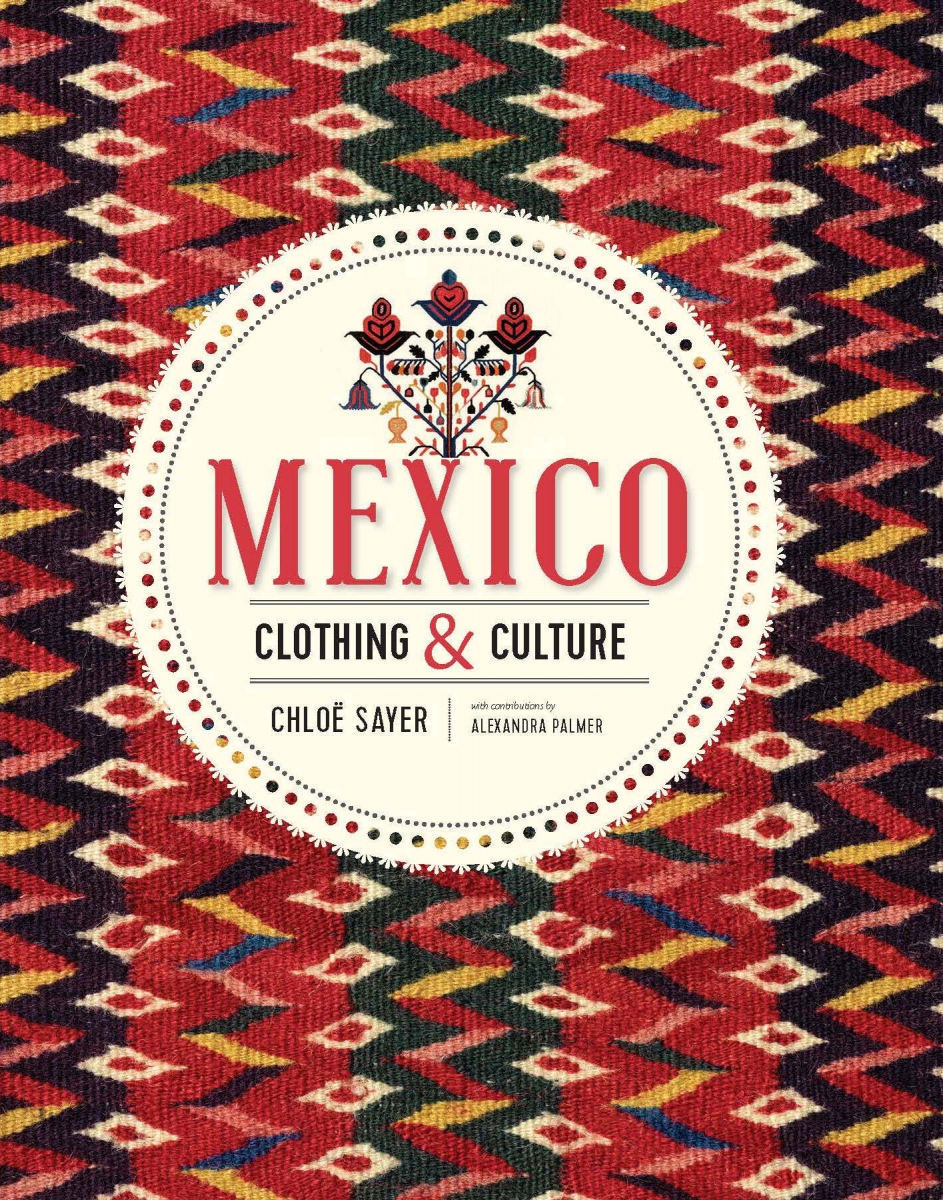
Textiles are an essential part of Mexico’s enduring legacy. Over the course of four millennia, many cultures have flourished. The Maya, the Aztec and other major civilizations developed distinctive forms of adornment and dress. The Spanish Conquest of 1521 brought European garment styles, raw materials, skills and design motifs. Contemporary textiles owe their range and vitality to this fusion of traditions. Ceaselessly evolving, Mexican textiles combine prodigious technical prowess with exquisite artistry. This publication tells the fascinating story of Mexican textiles. From sarapes and rebozos to splendid examples of beadwork, constructed from, minuscule imported glass beads, the author covers the evolution of male and female dress, and the vast range of techniques used by spinners, dyers, weavers and embroiderers. Chloë Sayer offers a scholarly yet readable introduction to the important field of cultural textiles. This landmark reference work appeals to the many audiences passionate about Mexican history and culture, textiles, and design in general.
Pompeii: In the Shadow of the Volcano

A detailed guide highlighting nearly 40 showpieces from the ROM's exhibition Pompeii: In the Shadow of the Volcano. Accompanied by stunning photography and unique contextual images, this guidebook covers of one of the greatest archaeological discoveries of our time. From ordinary household items to extraordinary pieces of art, the book highlights the life of the people of Pompeii, real people, not unlike us. Readers are able to view stunning sculptures rooted in Greek mythology, gladiator equipment that tell the tales of bloody combat, and even a mosaic dog that would have guarded the entrance to a household. From viewing a society in its prime, readers are taken to the moment disaster struck where on display is food that was about to be eaten—bread, figs, and olives well past their best-before date. The disaster becomes all the more real with the heartbreaking casts of the people unable to escape—men, women, children, and even a dog.
Pompeii and its fate are explored through sections that examine the chronology of the disaster as well as its devastating toll and aftermath.
- 1
- 2
